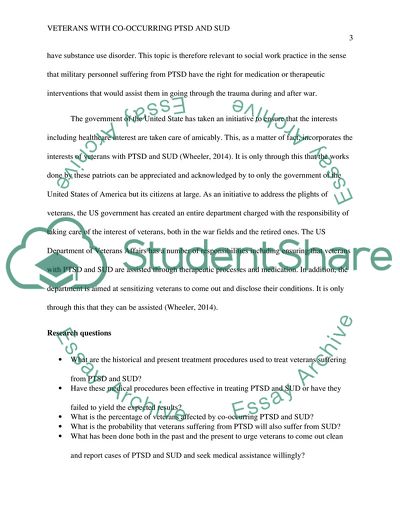Cite this document
(“Veterans with Co-Occurring PTSD and SUD Research Paper”, n.d.)
Veterans with Co-Occurring PTSD and SUD Research Paper. Retrieved from https://studentshare.org/psychology/1881032-veterans-with-co-occurring-ptsd-and-sud
Veterans with Co-Occurring PTSD and SUD Research Paper. Retrieved from https://studentshare.org/psychology/1881032-veterans-with-co-occurring-ptsd-and-sud
(Veterans With Co-Occurring PTSD and SUD Research Paper)
Veterans With Co-Occurring PTSD and SUD Research Paper. https://studentshare.org/psychology/1881032-veterans-with-co-occurring-ptsd-and-sud.
Veterans With Co-Occurring PTSD and SUD Research Paper. https://studentshare.org/psychology/1881032-veterans-with-co-occurring-ptsd-and-sud.
“Veterans With Co-Occurring PTSD and SUD Research Paper”, n.d. https://studentshare.org/psychology/1881032-veterans-with-co-occurring-ptsd-and-sud.


